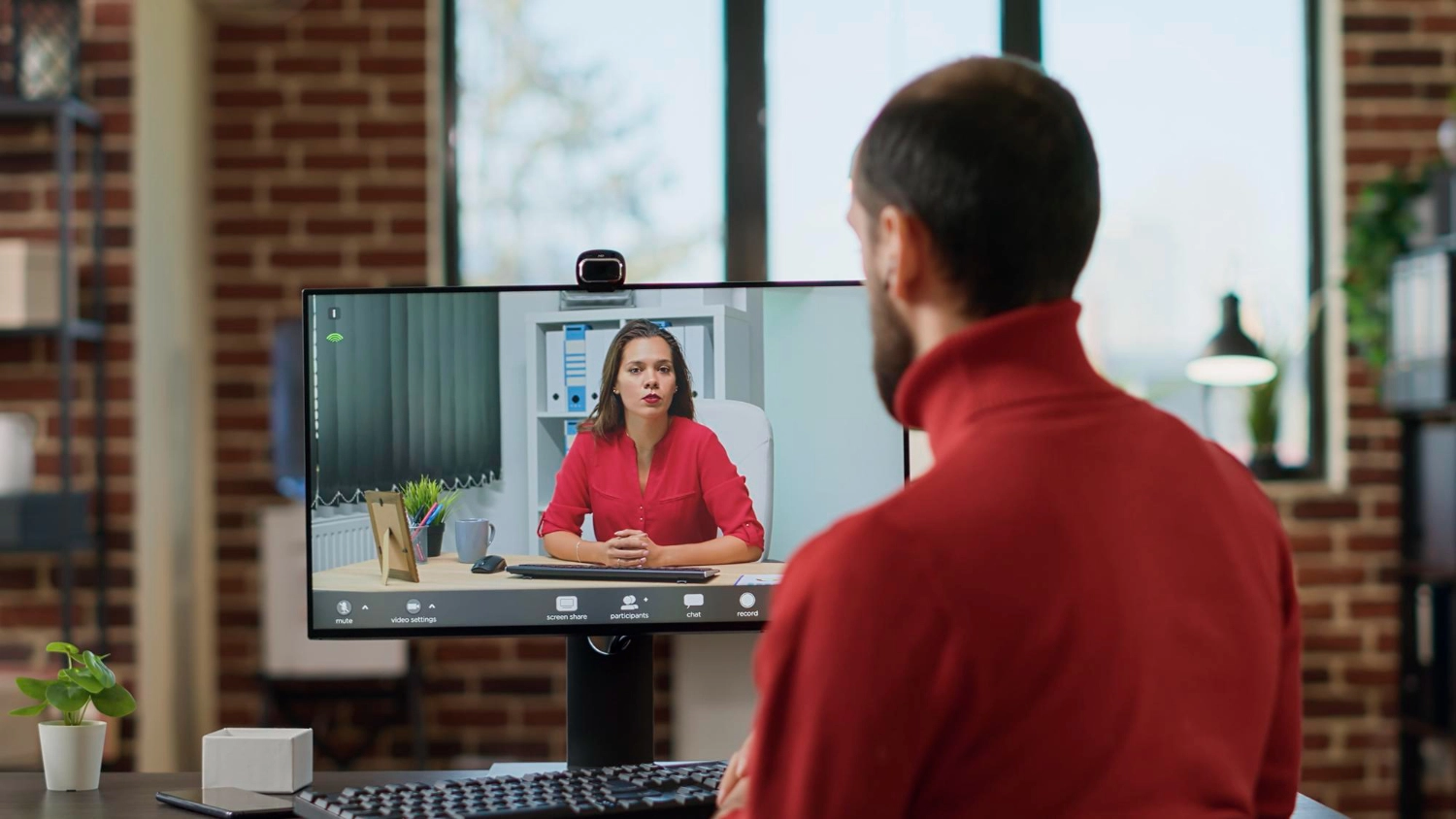Employers are increasingly being challenged to become more inclusive and diverse when attracting and hiring job candidates, and for good reason. A recent Gallup poll found that 45% of workers in the United States reported having faced discrimination within the past year, with 78% of workers indicating that their company lacks diversity in its key leadership positions. These statistics all point to a critical need for businesses to take active steps when it comes to creating and maintaining a diverse workforce.
A diverse company isn't just good for job-seekers, it's also good for business.
First and foremost, video interviewing software positions your company as a tech-friendly, forward-thinking organisation. 67% of job-seekers say that a diverse company is important to them when evaluating job opportunities. Utilising technology to make the interview and hiring process fairer demonstrates to prospective employees that your organisation is taking the right steps to craft a diverse workforce. It's also good for an organisation's bottom line. A 2017 study showed that the more diverse a company is, the more innovative and thus profitable that company is likely to be...
In fact, organisations whose leadership is more diverse have 19% higher revenue.
In short: diverse organisations offer benefits across the board.
Ultimately, a diverse workforce begins with recruitment and hiring practices. One of the best ways to ensure a more inclusive organisation is to re-think how we hire. The traditional hiring process is fairly predictable: candidates send in resumes in response to a job opening, a recruiter reviews those resumes, selects the top candidates, conducts interviews, and then selects a person to hire. But this model can create critical barriers that hurt both candidates and the organisation.
Job-seekers may have trouble setting aside the necessary time to get to a job interview. This is particularly true for someone who doesn't live nearby or someone who may be a new parent trying to juggle employment with parenting. Job-seekers may also face travel expenses or unreliable transportation that can impede them from a successful interview process. Candidates with disabilities can also face particular challenges getting to and from an interview and may fear discrimination in the hiring process. These barriers can limit the number of job applicants and the diversity of those applicants.
Fortunately, technology is increasingly allowing businesses to flip the script to recruit and hire a diverse pool of candidates. Video interviews are a great tool that more and more employers are using to help remove some of the barriers to inclusion and make the hiring process fairer and more inclusive. Most software allows hiring managers to set up a series of questions that will be asked of every interviewee. The candidate then records his or her responses to each question using a phone or computer and submits them for review.
Hiring managers can set a limit on how much time the candidate has to record his or her answers. The candidate can also be limited in how many times they can re-record their responses if they aren't satisfied with their first attempt.
A video-based interview approach offers many advantages for both candidates and employers.
By asking every candidate the same questions, this interviewing model helps create a fairer process and eliminates the opportunity to tailor interview questions to benefit one candidate over another. It also removes geographic and time barriers. Candidates can record their interview at any time from anywhere, making it more likely you'll get a relaxed and well-prepared candidate. And because every candidate is simply a head on a screen, it is much more difficult for hiring managers to discriminate.
Candidates with disabilities also tend to feel more comfortable with this interview format because the employer can focus solely on the candidate's answers. Ultimately, this interview method benefits both your organisation and its prospective employees.
Recorded video Interviews offer protection for both employers and job-seekers
Another benefit is that applicant interview responses are stored, typically on a cloud-based server. This offers protection for both employers and job-seekers, as interviews can easily be recalled and reviewed if there is any suspicion of unfair hiring practices. It also means that interviewers don't have to worry about forgetting what a candidate says and the interviewee can have confidence knowing that their answers can easily be viewed again.
Finally, having interview responses stored digitally makes it easier for interviewers to collaborate and share their thoughts on the candidates.
Having a diverse hiring panel is a great way to ensure a fair hiring process.
To make sure it's effective, video interview software requires well-trained humans behind it. This means that the questions used must be appropriate and effective measures of candidates' experience and abilities, and those screening the interviews should go through the process with an open mind.
Other things to consider
It's also a great idea to keep the lines of communication as open as possible. You should ideally have a point of contact for applicants to reach out to if they have questions about the position or the hiring process. It's also a great idea to have a diversity advocate if possible. This person can ensure that a representative number of minority candidates are considered and that the interview and hiring process is fair and equitable.
The population and the workforce are undeniably becoming more diverse, and businesses must understand trends and know how to keep up with them. A one-way video interview format from Willo is one of the easiest ways to accomplish this.




.webp)

